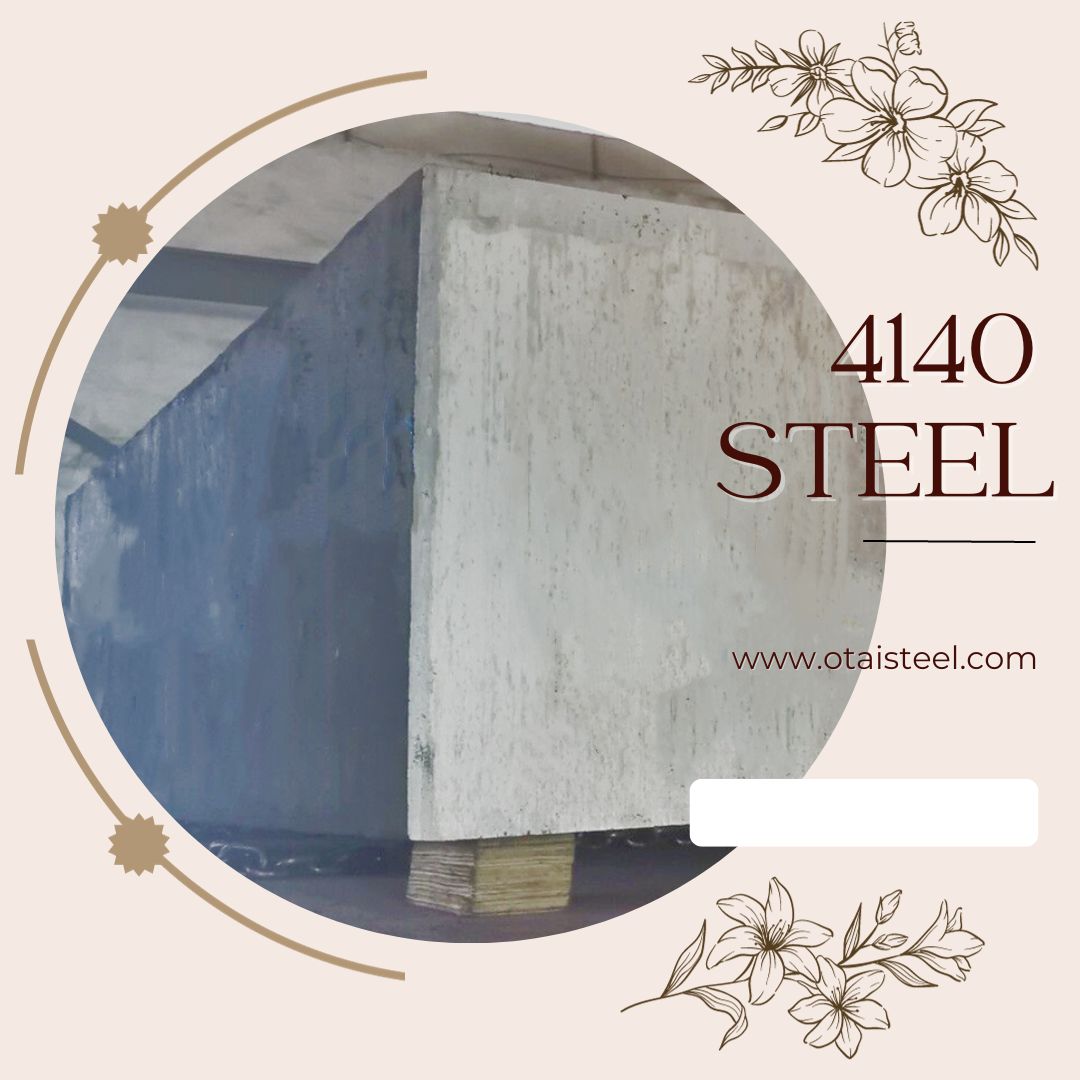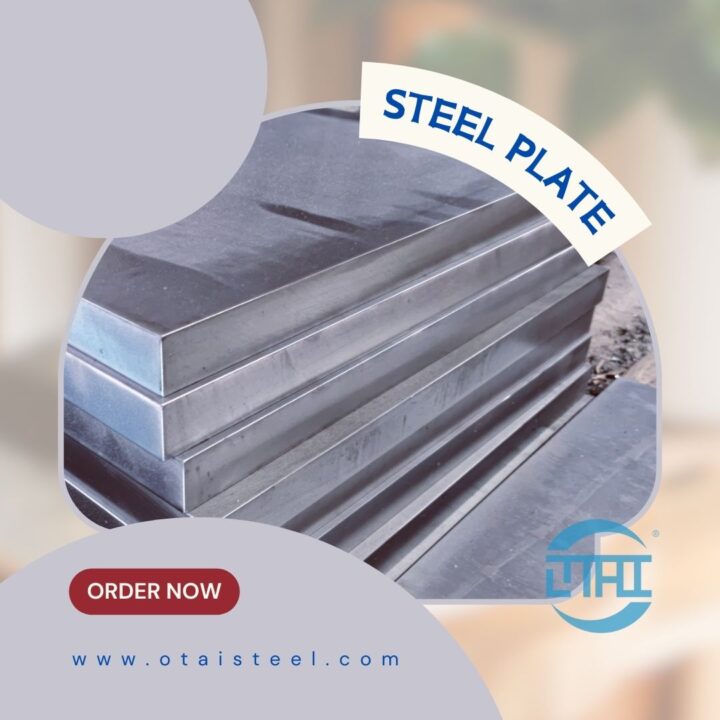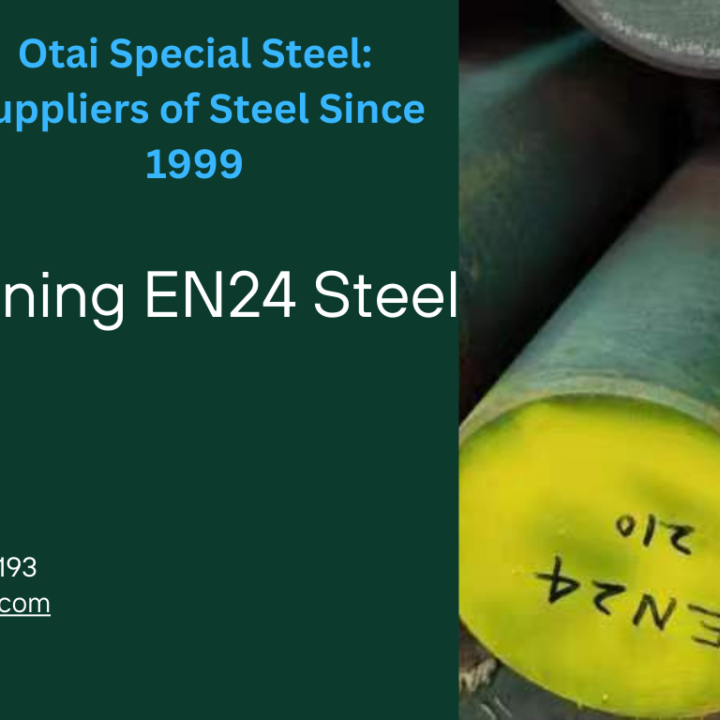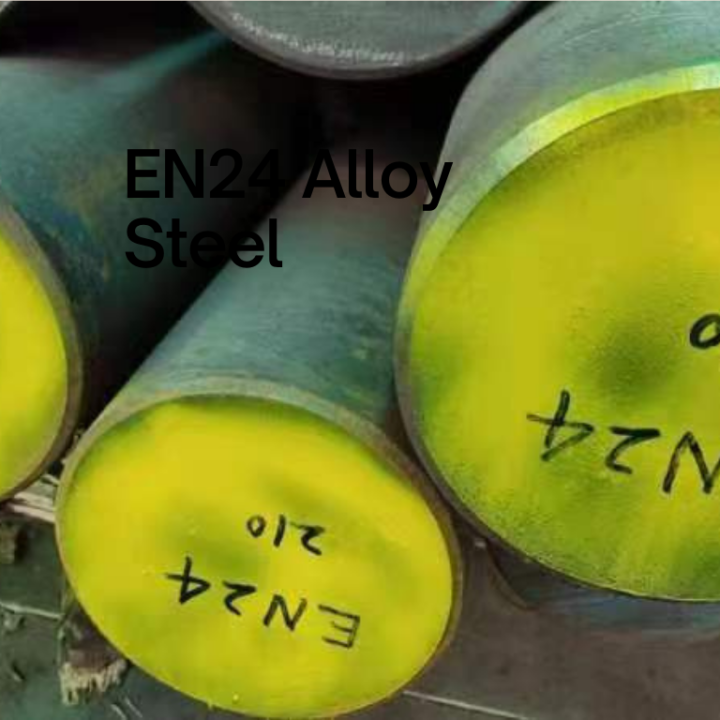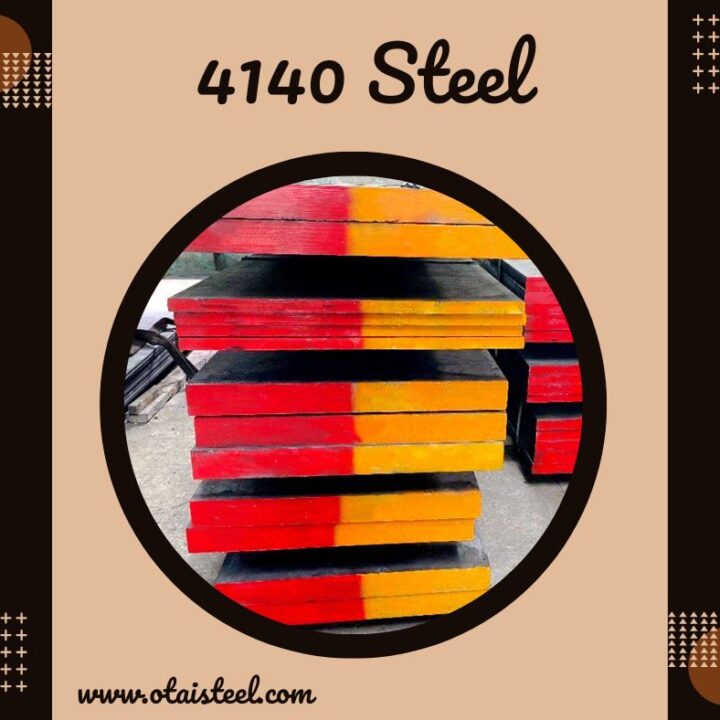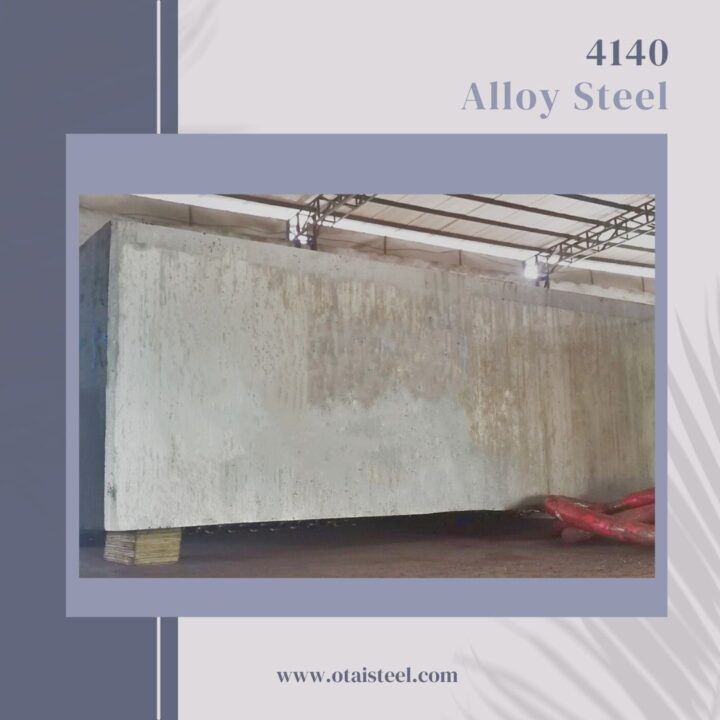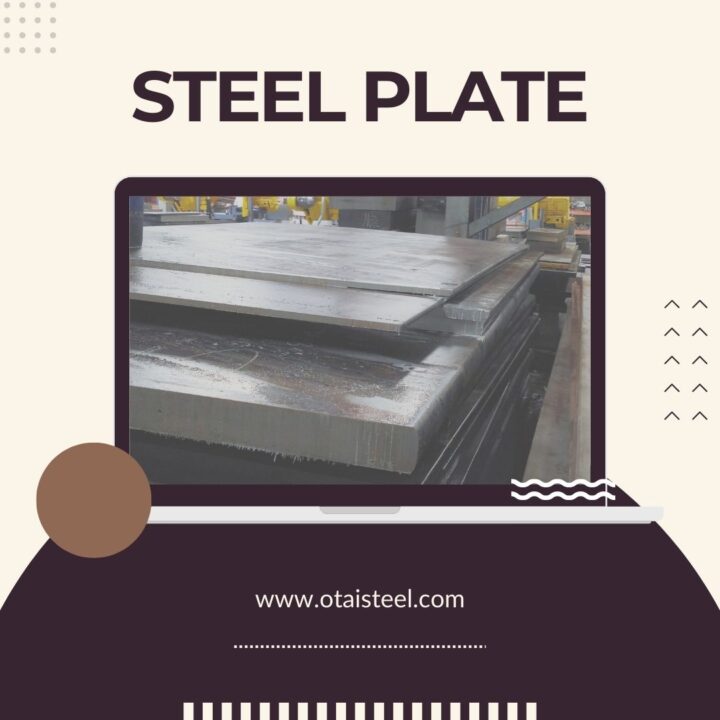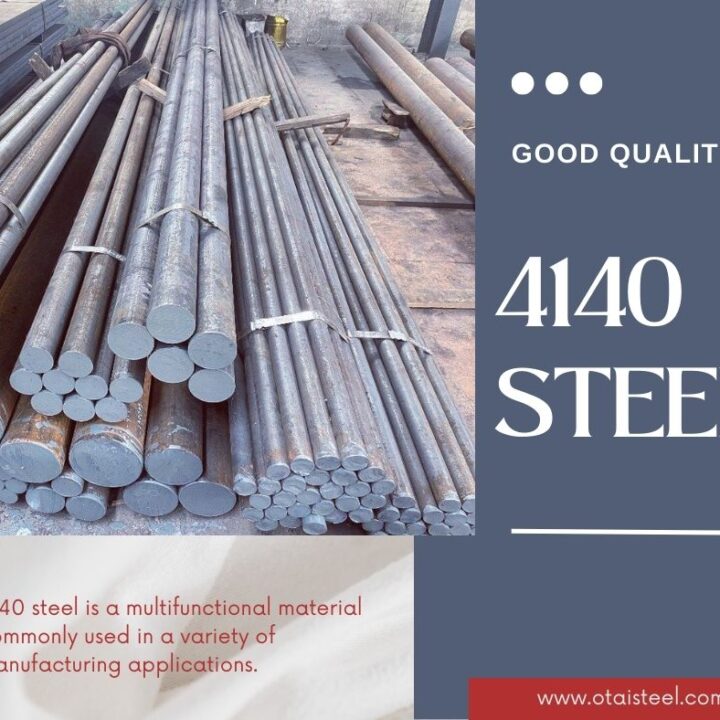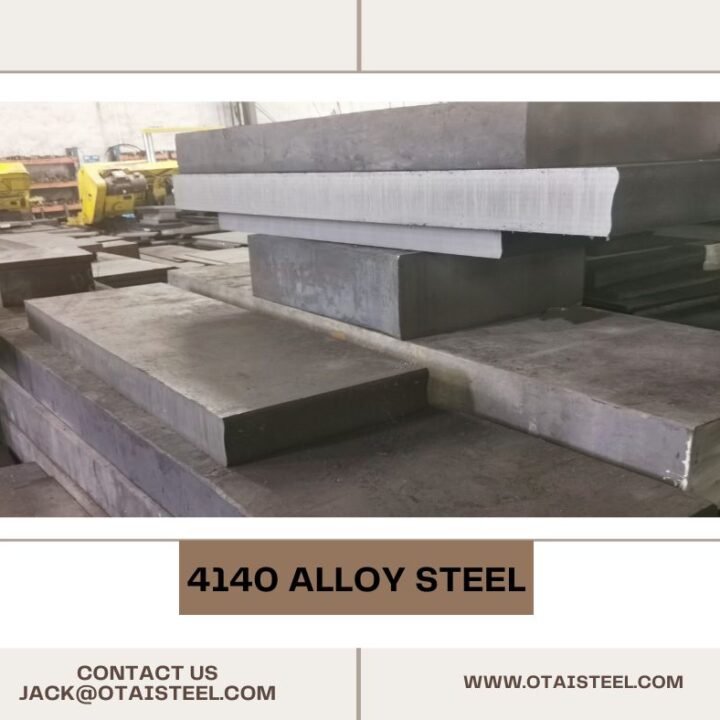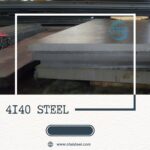4140 steel, primarily composed of iron, chromium, and molybdenum, boasts an impressive combination of strength, toughness, and wear resistance. It is commonly used in industries ranging from automotive to aerospace, where mechanical performance is paramount.
The Importance of Heat Treatment
H1: Enhancing Strength through Heat Treatment
Heat treatment is the key to unlocking the full potential of 4140 steel. It involves a carefully controlled heating and cooling process that alters the microstructure of the material, resulting in enhanced mechanical properties.
H2: Achieving the Right Balance
One of the critical aspects of heat treating 4140 steel is achieving the right balance between hardness and toughness. This balance depends on the intended application and can be customized through different heat treatment methods.
Heat Treatment Methods
H3: Annealing for Softening
Annealing is a heat treatment method that involves heating the steel to a specific temperature and then slowly cooling it. This process reduces hardness and increases ductility, making the steel easier to machine or weld.
H3: Quenching and Tempering for Strength
Quenching and tempering is a two-step process. First, the steel is heated to a high temperature and then rapidly cooled (quenched). This creates a hard but brittle material. To restore toughness, the steel is then tempered at a lower temperature.
H3: Normalizing for Uniformity
Normalizing is a heat treatment process that improves the uniformity of the steel’s microstructure. It involves heating the steel to a specific temperature and allowing it to cool in still air. This results in a finer grain structure and improved mechanical properties.
Factors Affecting Heat Treatment
H4: Heating and Cooling Rates
The rate at which 4140 steel is heated and cooled during the heat treatment process significantly impacts its final properties. Controlling these rates is essential for achieving desired results.
H4: Tempering Temperature
The tempering temperature determines the balance between hardness and toughness. Higher tempering temperatures yield softer but tougher steel, while lower temperatures result in harder but more brittle steel.
Quality Control in Heat Treatment
Ensuring consistent quality in heat treatment processes is vital. Modern technologies like computer-controlled furnaces and precise monitoring equipment have made it possible to maintain tight control over the entire process.
Heat treating 4140 steel is a critical step in harnessing its exceptional mechanical properties. Understanding the different heat treatment methods and factors that affect the process is essential for achieving optimal results. When done correctly, heat treatment transforms 4140 steel into a material that can withstand the most demanding applications.
